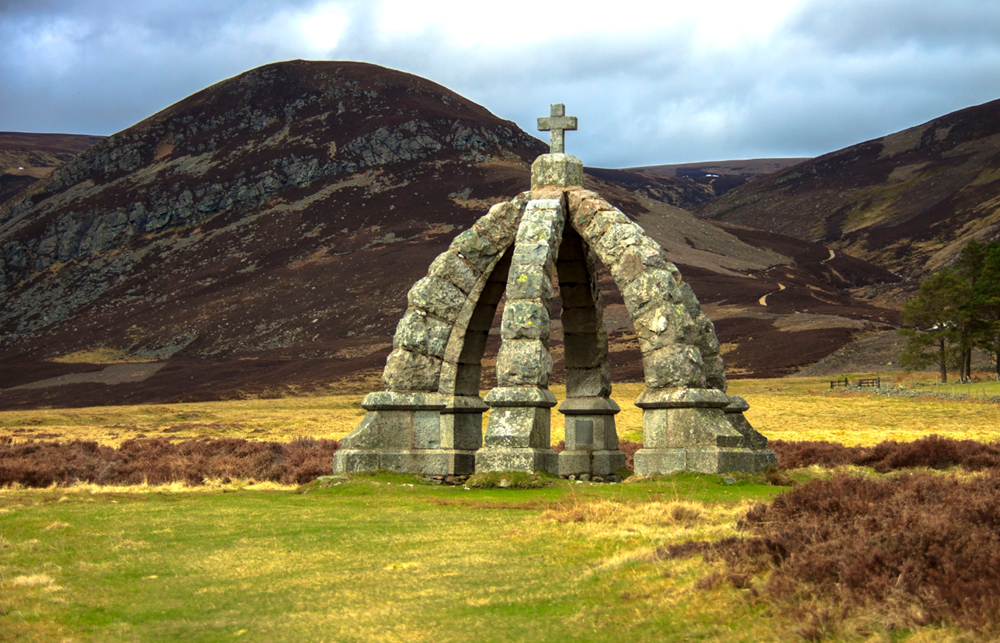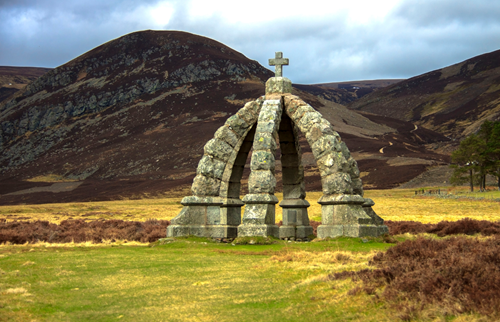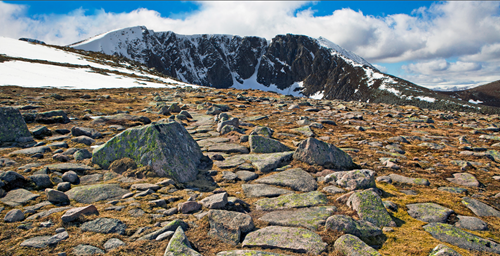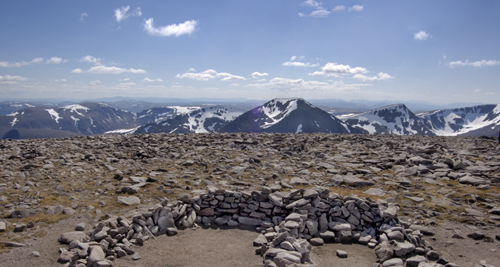
Three Munros in the North East
The North East is often known for its picturesque costal landscapes and landmarks, however there is something for everyone in this region, including avid hill walkers. There are 277 mountains in Scotland that are considered to be Munros, mountains that are at least 914m (3,000 feet) high. While there may not be many Munros in the North East, those that we do have certainly have a lot of interest and history about them.
If you’re planning a trip to visit any Munro, it’s highly important that you are well equipped and prepared for the adventure. Alerting the Scottish Mountain Rescue team ahead of your departure is a safety precaution not to be overlooked. It is worthwhile remembering your camera too, to mark the attainment of the summit.
Here are three Munros worth an exploration in the North East.
Mount Keen – 939m

Mount Keen is the most easterly Munro in Scotland. Glen Esk and Glen Tanar are direct routes to access this popular mountain. The surrounding area and ascent has plenty of interest.
A short stretch beyond the starting point at Glen Esk, salmon conservation is underway at the Water of Mark. Further ahead is the Queen’s Well, (pictured) a black marble monument that marks the well from which Queen Victoria once drank in 1861. There is an uplifting inscription, ‘Rest, traveler, on this lonely green. And drink and pray for Scotland's Queen.'. The water, however, is not of drinking quality today, due to an accumulation of wishing pennies over the years.
Beyond this area, following the Water of Mark, a cascading waterfall and natural pool can be seen. There is also a cave which is thought to have given shelter to a leading Jacobite, the Laird of Balnamoon, after the Battle of Culloden.
The track is on well-laid pathways and there are alternative routes suitable for various levels of experience.
Lochnagar – 1,155m

Featured in one of Lord Byron’s poems, this famous Munro is only 5 miles south of the River Dee, overlooking Balmoral Castle. This location has inspired Royal storytelling, including Prince Charles’ children’s tale, The Old Man of Lochnagar.
One of the most striking features of this Munro is the north-facing corrie. The mountain is a designated Special Protection Area for the conservation of wild birds, due to the presence of golden eagles and Eurasian dotterel.
On the route down, a waterfall can be seen through the approach to the royal lodge Glas-allt-Shiel. An outhouse on the grounds acts as an open bothy, free to use all year round even when the Royals are in residence.
Ben Macdui – 1,309m

Accessible from both Royal Deeside and Speyside, Ben Macdui is second only to Ben Nevis in height. This peak is situated in the Cairngorm Plateau and is not a walk for the inexperienced, even in the best of climate conditions. The summit is said to be haunted by a ghostly apparition – the old grey man!
An approach can be made from the North from Aviemore by utilizing the funicular railway, but this will still involve walking across the Cairngorm plateau and is not to be undertaken without care and preparation. Even in midsummer, weather conditions can change quickly and dramatically for the worse.
The more challenging (and more interesting) route, is from the South, commencing at the Linn of Dee.
There are few birds adapted to live at this elevation, however as with Lochnagar and Mount Keen, golden eagles and dotterel may be spotted alongside snow buntings.
Which of these picturesque Munros have you defeated?

